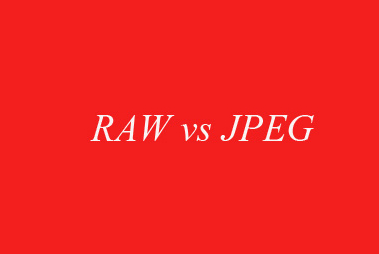
Going back to basics and that perennial chestnut of whether to crop or not to crop, that is the question.
Like every medium, photography suffers from a series of unwritten rules and set beliefs which underpin the art of taking a picture. Stray away from these and purists will dismiss the image and the photographer as either irrelevant or not a serious photographer.
But in an age where every image appears to have been manipulated to a pixel of its life, it does seem somewhat outdated and even trite to be holding to such beliefs. None more so than the issue of cropping. ‘You must always crop in the viewfinder’ is the mantra decried by some ardent followers of the dark arts.
This will often be followed with the ubiquitous example of Henri Cartier Bresson, who famously said; ‘if you have to crop, move closer’…. or words to that effect. That’s fine, except, one of his most celebrated images of the man stepping over a puddle, was in fact cropped.
Rumour has it – and there is an image which shows the original frame – that the photograph was taken through a gap in a wall and to the left of the image, a wall or plank of wood is clearly visible. Yet, the final image we are all familiar with, has done away with the obstacle. It was cropped out. So, if its good enough for Bresson….
More recently, whilst watching a critique of interiors by a very popular ‘Youtube photographer’ who, it must be said and to his credit, was extraordinarily brave to have his work critiqued by a ‘professional’ architectural photographer, proclaimed: “I don’t crop”. I had to laugh as the amount of ‘post’ he does on other images kind of negates this purist attitude.
It also didn’t help his cause that his images were being torn to shreds by the professional photographer who suggested his photographs could do with some judicious cropping, which is why he is a professional and not someone who earns a living pretending to be one.
If you need to crop then crop. When you view something through the viewfinder, you are already mentally and even physically, cropping the image within the camera. Your eye blocks out all the distractions and focuses on the subject to hand. Its only when you have the photograph on your monitor that you can study and focus on what is superfluous and what is essential to capture the subject matter.
It can be that your lens was not long enough, or something had strayed into the frame that you hadn’t noticed at the time or even, it was not practical to get in closer. In Bresson’s days, cameras were still something of a novelty. the luxury of being able to move freely, unhindered, unmolested in order to capture the moment have sadly long gone. There cannot be many places left where people are not familiar with the photographic camera.
So, if you have to crop, feel free. Those who pretend to be purists following in the traditions of past masters are merely deluded, living in some fantasy world espousing nonsense purely for effect.

















